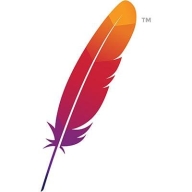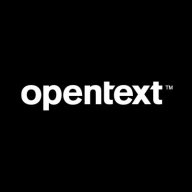

Find out in this report how the two NoSQL Databases solutions compare in terms of features, pricing, service and support, easy of deployment, and ROI.


| Company Size | Count |
|---|---|
| Small Business | 8 |
| Midsize Enterprise | 1 |
| Large Enterprise | 14 |
| Company Size | Count |
|---|---|
| Small Business | 29 |
| Midsize Enterprise | 23 |
| Large Enterprise | 38 |
Cassandra is a distributed and scalable database management system used for real-time data processing.
It is highly valued for its ability to handle large amounts of data, scalability, high availability, fault tolerance, and flexible data model.
It is commonly used in finance, e-commerce, and social media industries.
OpenText Analytics Database Vertica is known for its fast data loading and efficient query processing, providing scalability and user-friendliness with a low cost per TB. It supports large data volumes with OLAP, clustering, and parallel ingestion capabilities.
OpenText Analytics Database Vertica is designed to handle substantial data volumes with a focus on speed and efficient storage through its columnar architecture. It offers advanced performance features like workload isolation and compression, ensuring flexibility and high availability. The database is optimized for scalable data management, supporting data scientists and analysts with real-time reporting and analytics. Its architecture is built to facilitate hybrid deployments on-premises or within cloud environments, integrating seamlessly with business intelligence tools like Tableau. However, challenges such as improved transactional capabilities, optimized delete processes, and better real-time loading need addressing.
What features define OpenText Analytics Database Vertica?OpenText Analytics Database Vertica's implementation spans industries such as finance, healthcare, and telecommunications. It serves as a central data warehouse offering scalable management, high-speed processing, and geospatial functions. Companies benefit from its capacity to integrate machine learning and operational reporting, enhancing analytical capabilities.
We monitor all NoSQL Databases reviews to prevent fraudulent reviews and keep review quality high. We do not post reviews by company employees or direct competitors. We validate each review for authenticity via cross-reference with LinkedIn, and personal follow-up with the reviewer when necessary.